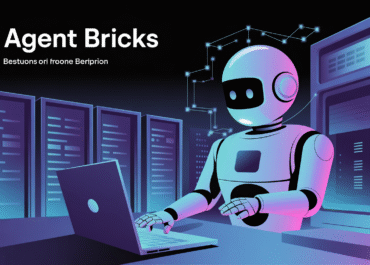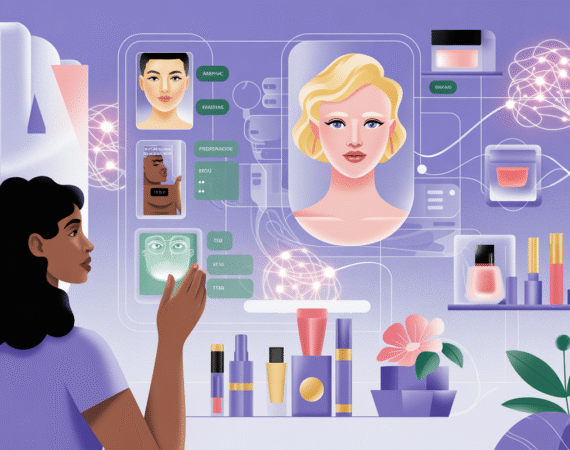Recent Trends in AI and Automation: Driving Business Transformation
The landscape of technology is continually evolving, with Artificial Intelligence (AI) and automation leading the charge in reshaping how businesses operate and interact with the world. No longer confined to the realms of science fiction, these powerful technologies are now practical tools driving unprecedented levels of efficiency, innovation, and customer engagement. This article delves into the most recent and impactful trends defining the future of AI and automation.
Intelligent Document Processing (IDP): Beyond Basic Automation
In an increasingly data-rich world, organizations grapple with vast amounts of unstructured information trapped in documents. Intelligent Document Processing (IDP) emerges as a critical solution, going far beyond traditional Optical Character Recognition (OCR). IDP leverages advanced AI capabilities like machine learning and natural language processing to not only extract data but also understand, classify, and validate information from diverse document types such as invoices, contracts, and forms. This significantly automates data entry, reduces errors, and accelerates critical business processes, transforming how enterprises handle their document workflows.
Ethical AI and Responsible Automation: Building Trust in the Digital Age
As AI systems become more ubiquitous and impactful, the conversation around ethical AI and responsible automation has moved to the forefront. Organizations are increasingly prioritizing transparency, fairness, accountability, and privacy in their AI deployments. This trend involves developing robust governance frameworks, addressing algorithmic biases, ensuring data security, and aligning AI applications with societal values. The focus on ethical considerations is crucial for building trust among customers, employees, and stakeholders, fostering sustainable and beneficial AI adoption.
Generative AI for Personalized Customer Experiences
Generative AI, capable of creating new content such as text, images, and even code, is revolutionizing how businesses approach customer engagement. Beyond static chatbots, these advanced AI models enable the delivery of hyper-personalized customer experiences at scale. From generating tailored marketing messages and dynamic product recommendations to crafting unique virtual assistant interactions and personalizing customer service responses, generative AI enhances user satisfaction, deepens engagement, and creates more meaningful connections, fundamentally transforming the customer journey.
Hyperautomation: The Orchestration of Technologies
Hyperautomation represents the next evolution in business process automation, integrating and orchestrating multiple technologies to automate virtually every repeatable task within an organization. This holistic approach combines Robotic Process Automation (RPA), AI, Machine Learning (ML), Intelligent Business Process Management Suites (iBPPS), and other advanced tools to achieve end-to-end automation. The goal of hyperautomation is to maximize operational efficiency, improve agility, and unlock new levels of productivity across the entire enterprise by connecting disparate systems and processes into a seamless, intelligent workflow.
The current trends in AI and automation signal a profound shift towards more intelligent, integrated, and ethically conscious technological adoption. Organizations that strategically embrace these advancements – focusing on robust implementation, comprehensive governance, and continuous innovation – are best positioned to unlock significant competitive advantages. By optimizing operations, reducing costs, and fostering unparalleled customer experiences, AI and automation continue to drive the digital transformation across industries worldwide, promising a future of enhanced productivity and smarter decision-making.


